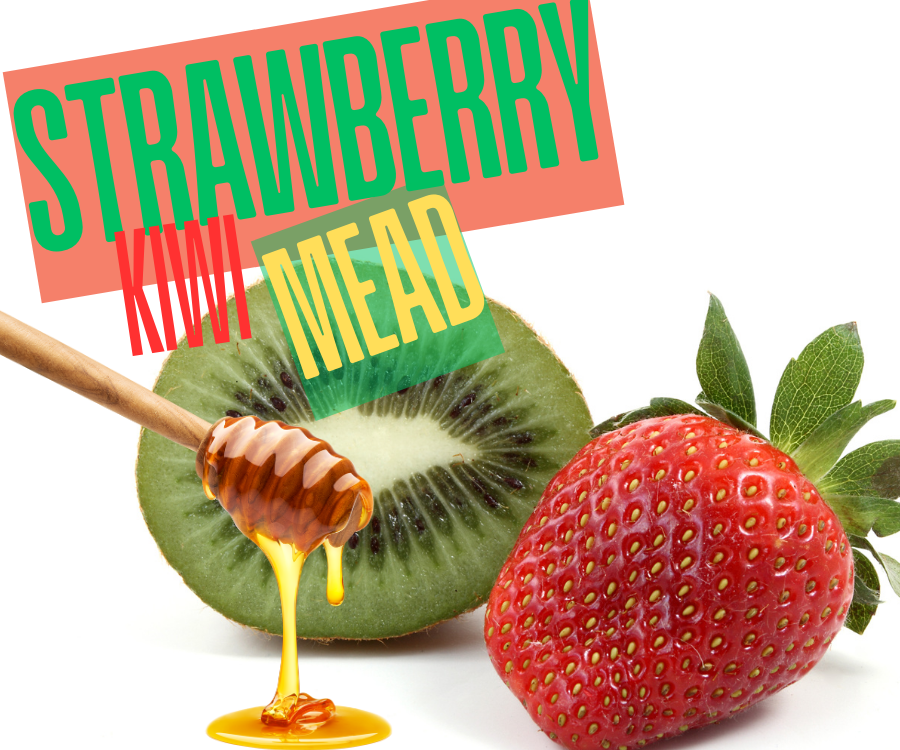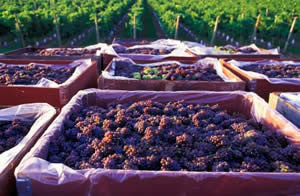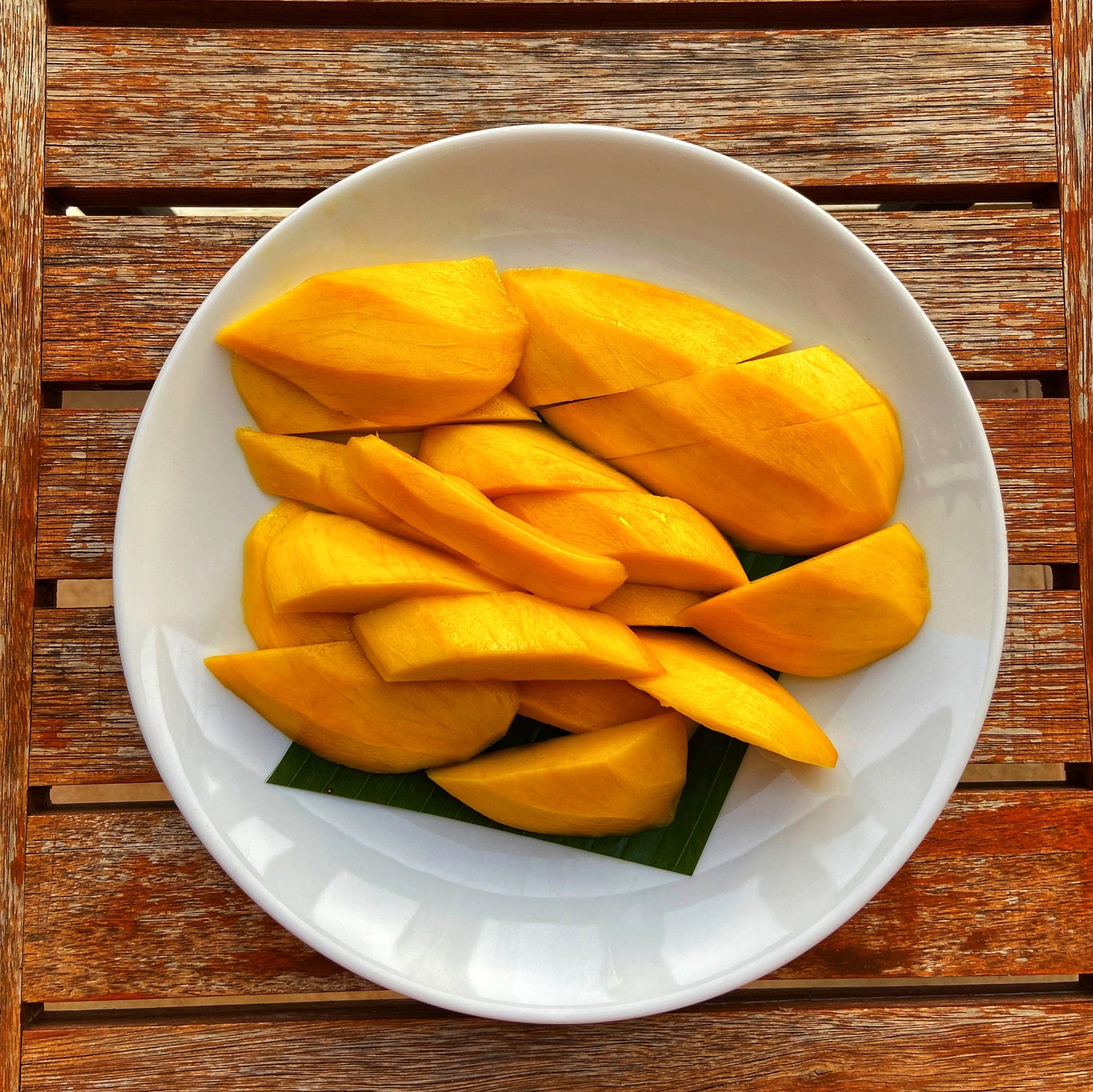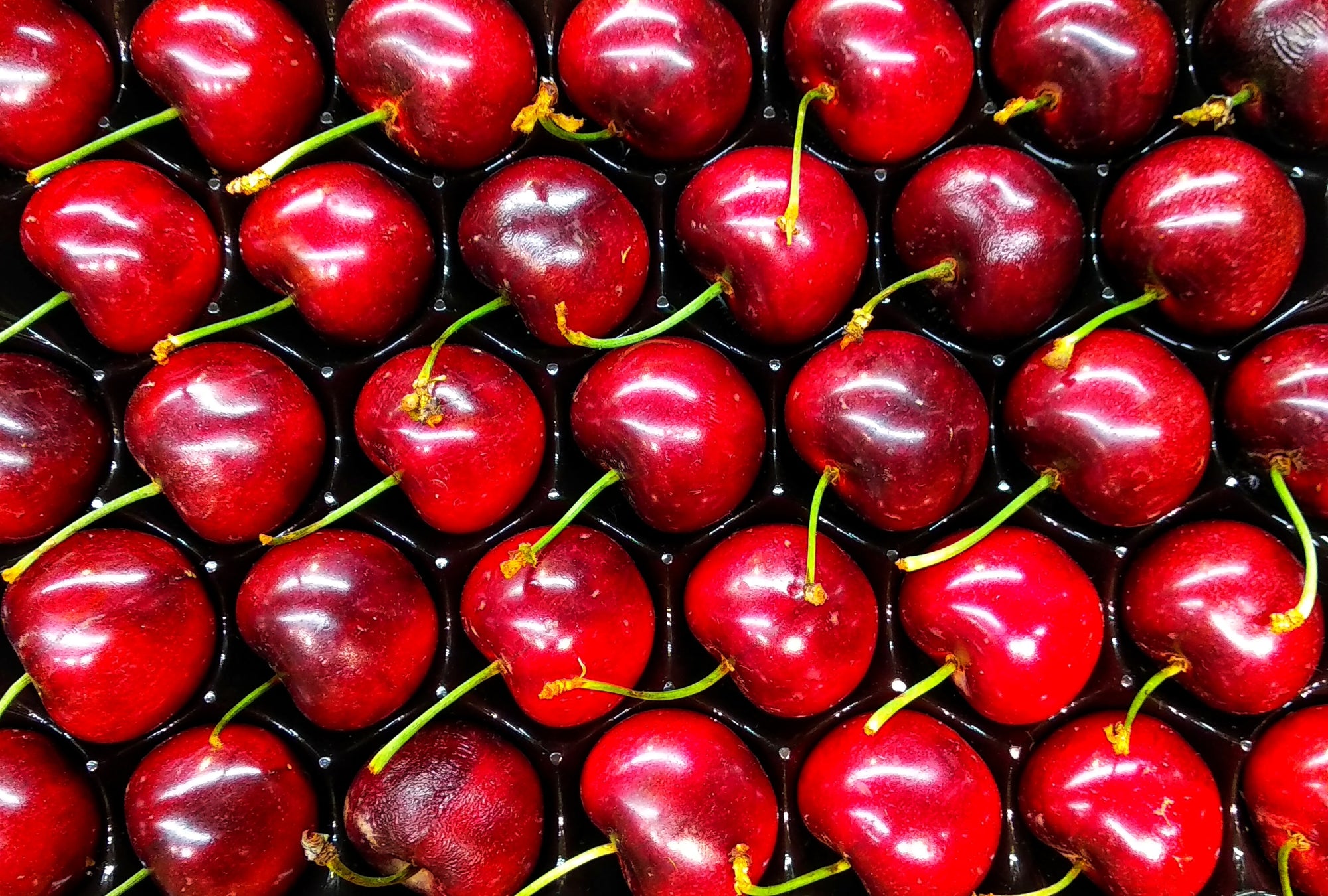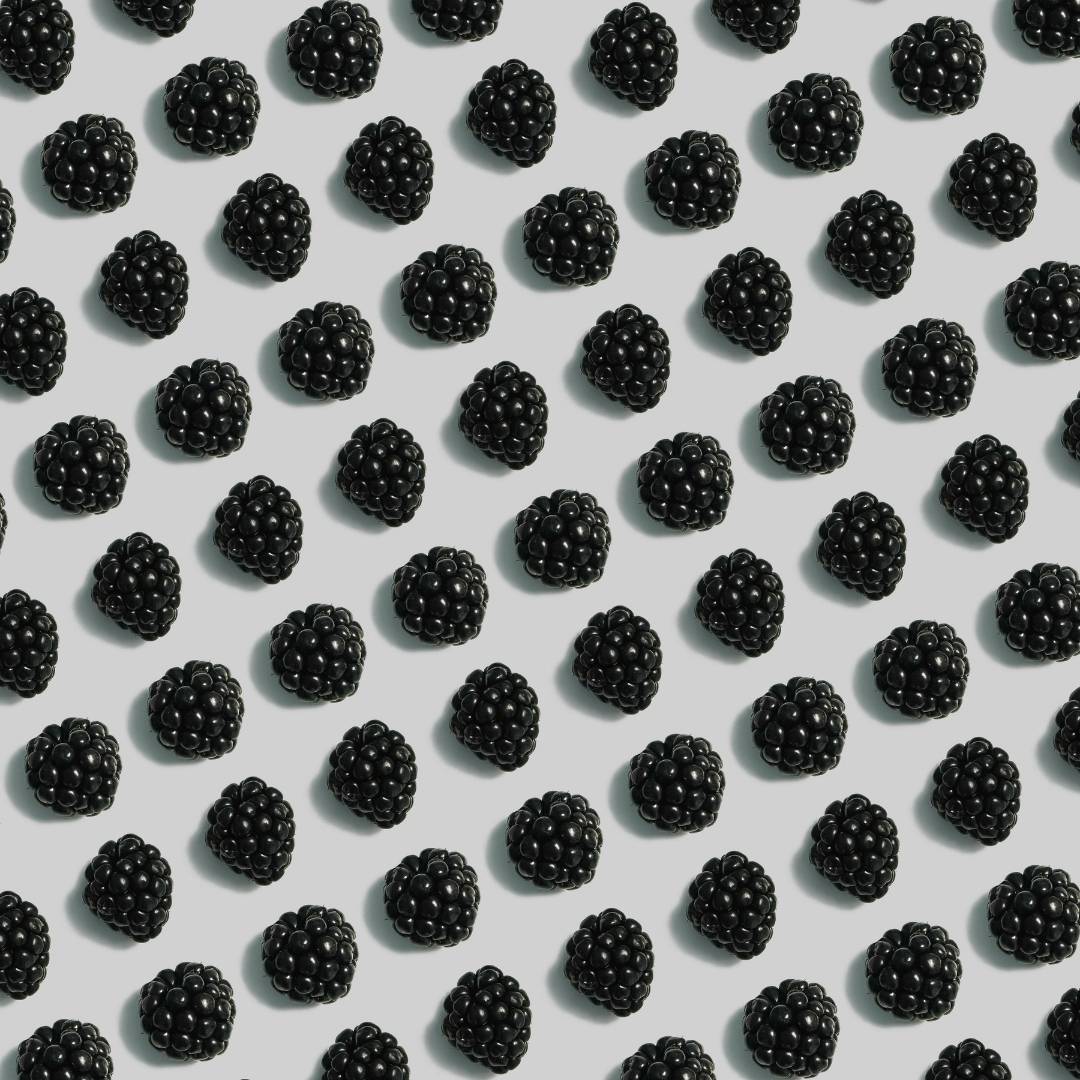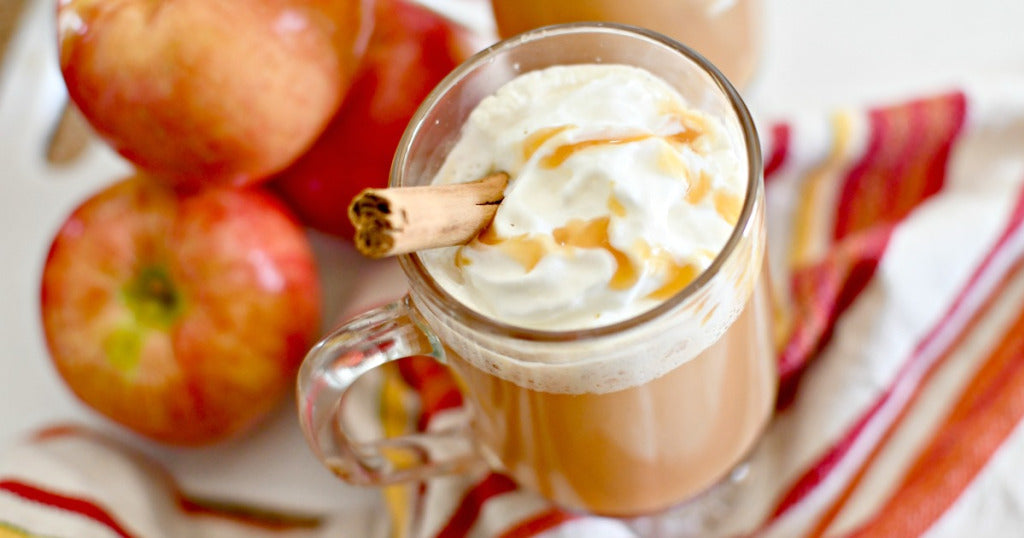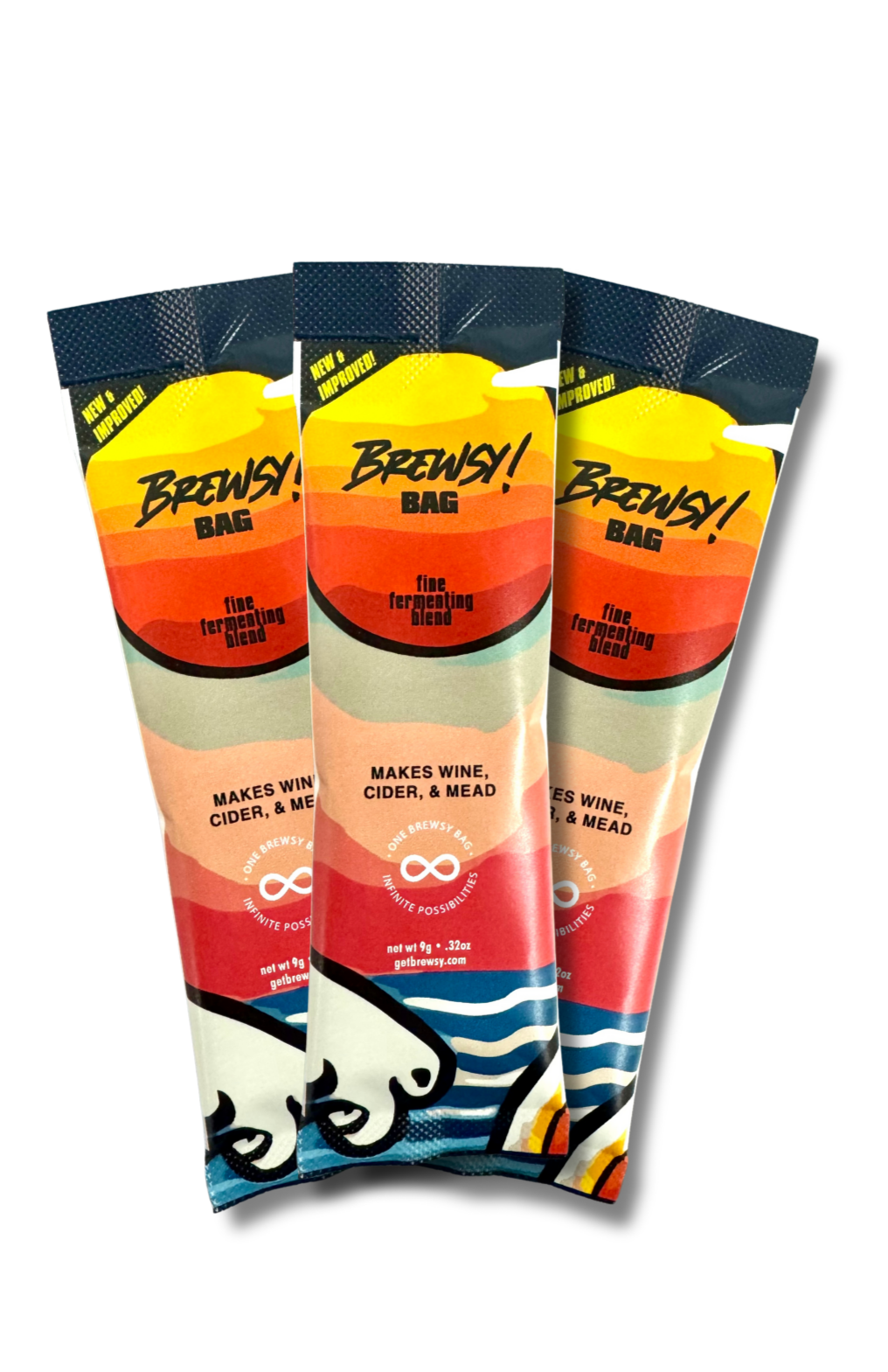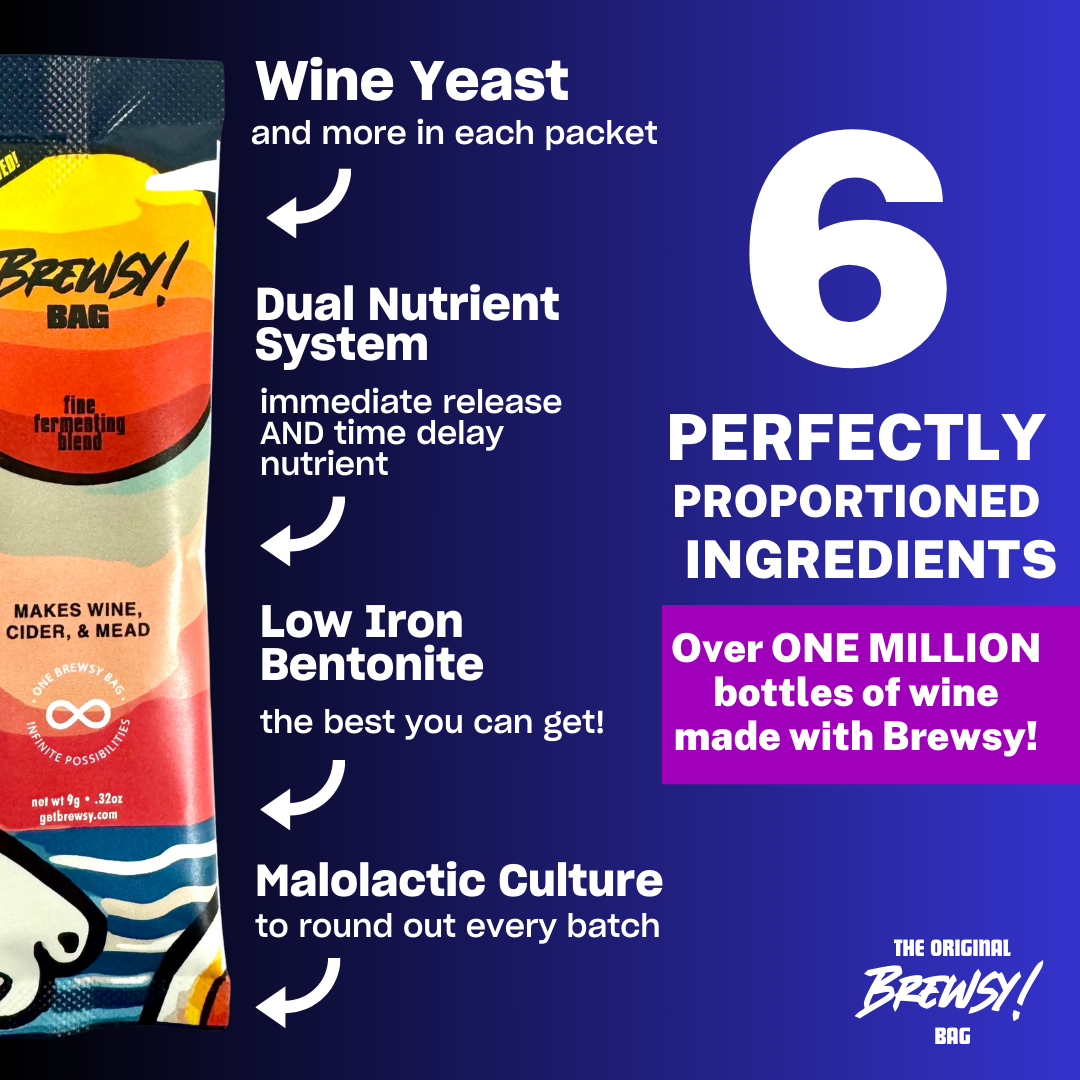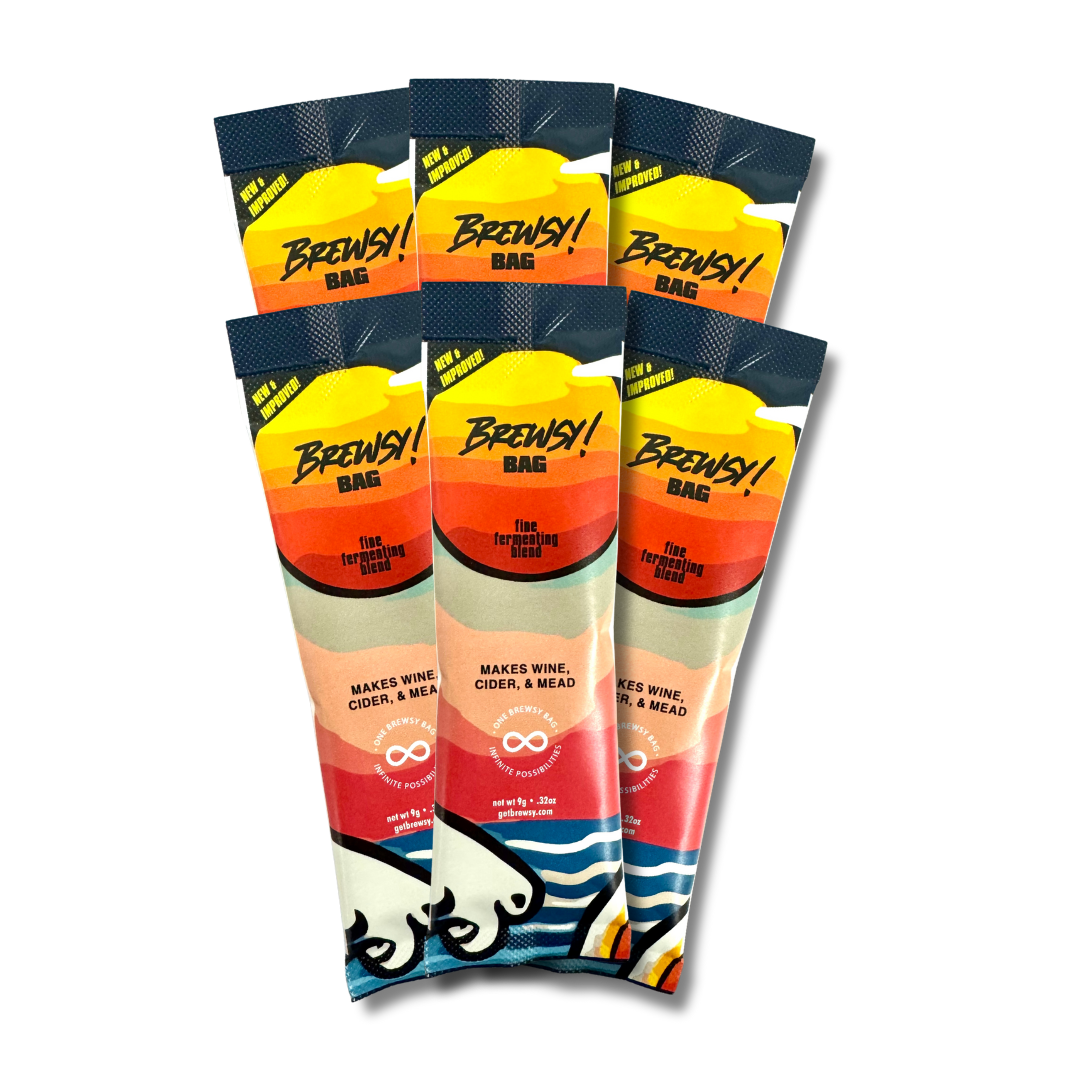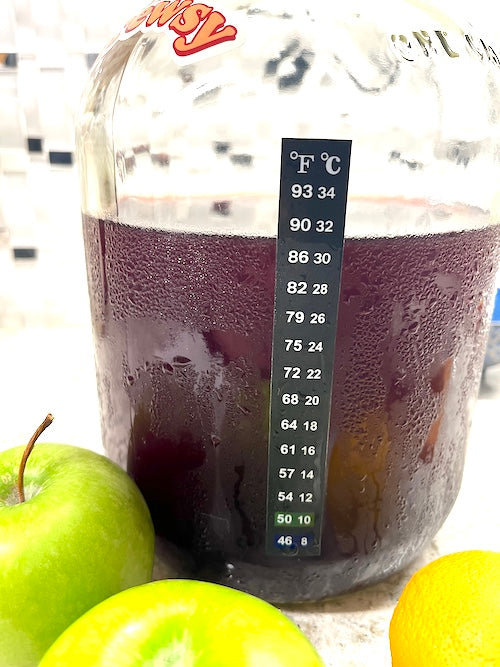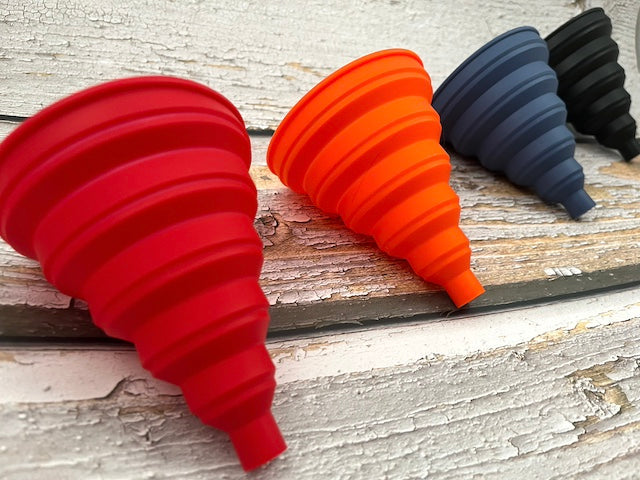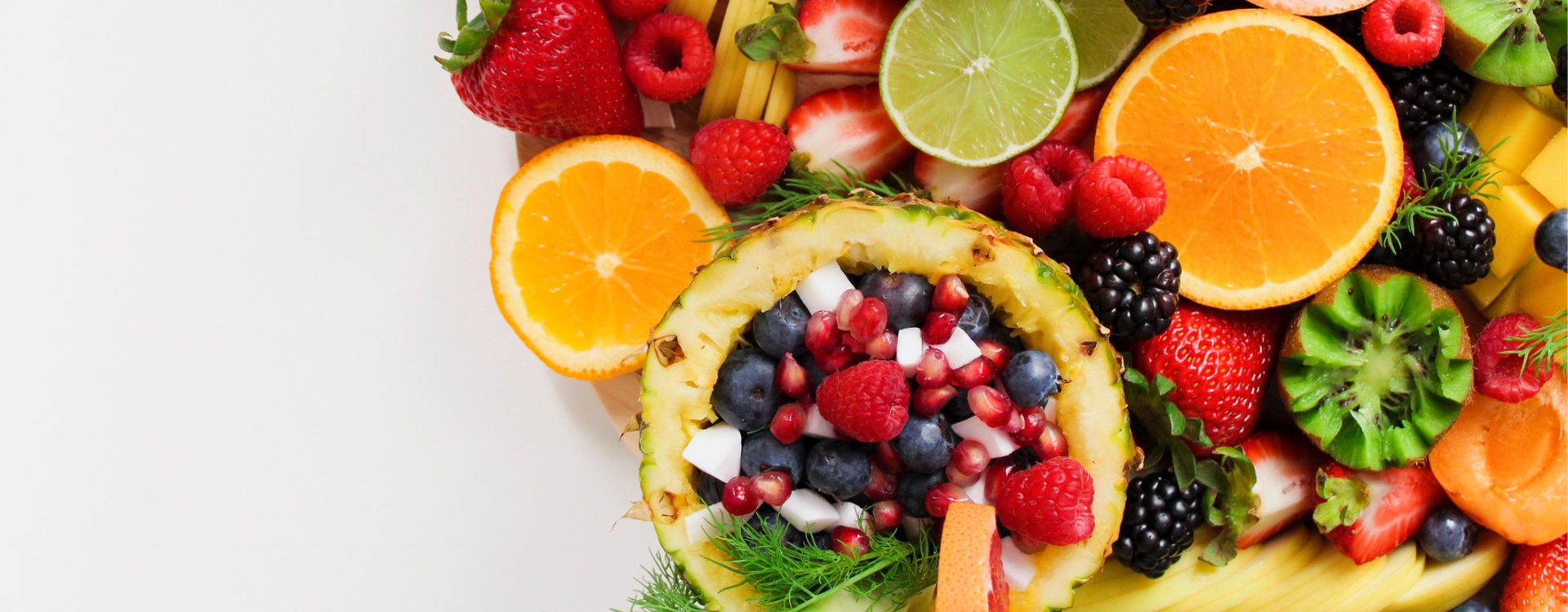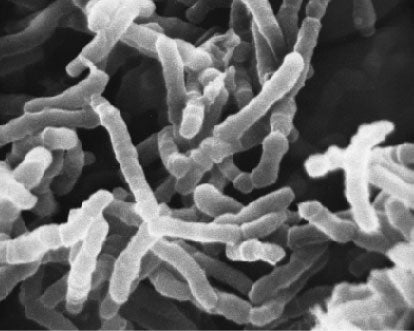
Malolactic Culture: Bacteria in my wine?
Malolactic Culture: Bacteria in my wine?
Whenever we hear the word 'bacteria', we automatically think "bad" and most likely recoil in disgust, but in the wine world, not all bacteria are bad. Another word we might hear that can sound a bit off sometimes is 'culture' as we tend to think of one of two things: the customs and traditions of a group of people, or a growth of bacteria, but in this case, it is the latter. Lest any worry should be accrued from this first paragraph, the bacteria used for these cultures are good bacteria similar to the ones used to create other food favorites such as cheese and yogurt. In fact, some bacteria can actually improve the taste of your wine. This is where malolactic culture comes in.
Malolactic culture is a wine bacterial fermentation by Leuconostoc oenos or Lactobacillus spp that converts malic acid into lactic acid and carbon dioxide. It is achieved with the use of malolactic cultures. Malolactic fermentation is a process in winemaking in which tart-tasting malic acid, naturally present in grape must, is converted to softer-tasting lactic acid.
In addition to reducing the overall acidity of the wine, malolactic fermentation can also add complexity and depth of flavor. This is why many winemakers choose to undergo this process.
They are used to lower the acidity in wine through a process called malolactic fermentation, or MLF. This is a secondary fermentation that occurs after the primary fermentation is complete and typically uses one of two strains of bacteria: Leuconostoc oenos or Lactobacillus spp. These bacteria convert malic acid into lactic acid and carbon dioxide.
While malolactic fermentation is a naturally occurring process, many winemakers choose to use malolactic cultures to ensure that the MLF happens. This is because during a malolactic fermentation, sorbates and sulfites will kill the bacteria. By using a malolactic culture, winemakers can be sure that their MLF will happen as planned.
Malolactic cultures are available in both liquid and dried form. Liquid cultures are typically used by professional winemakers, while the dried form is more commonly used by home winemakers which is why we have included it in our Brewsy bag which is a unique and expensive strain that works hand-in-hand with our own yeast.
Did this little nugget of science surprise you? Winemaking, in general, is surprisingly very scientific, with focus in chemistry as well as a bit of biology and geology because of the bacteria and yeast. If you would like to read a bit more on other scientific components of the Brewsy bag, feel free to check out our article on bentonite as well as our article on potassium bicarbonate. Also, here is our article about yeast and its history in winemaking. Cheers!

